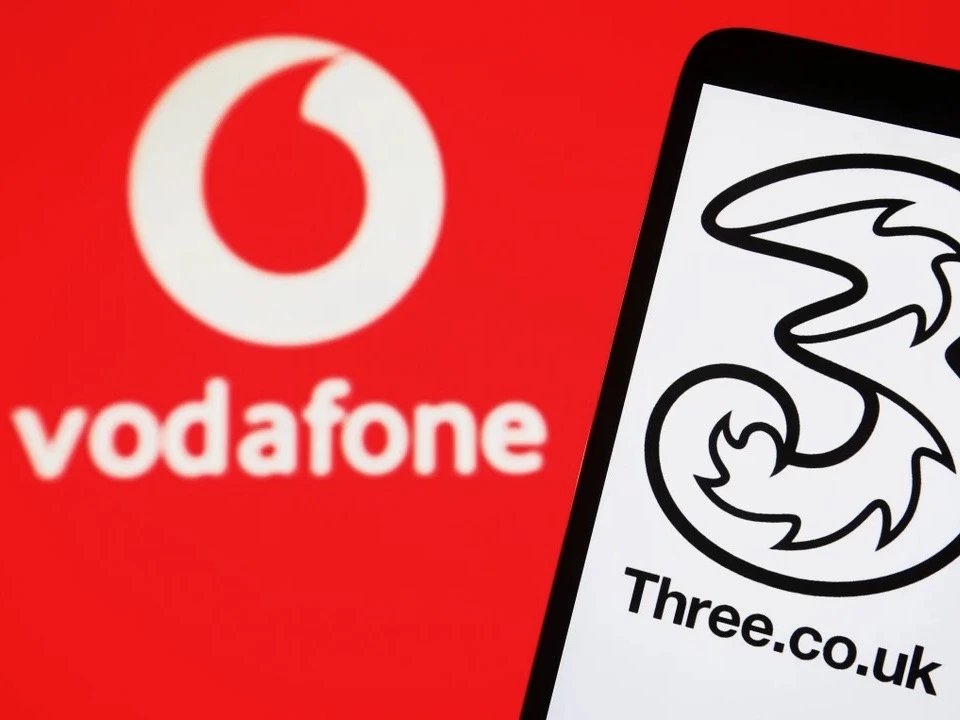- New alliance with Community Fibre extends fibre reach to 22.5 million premises, while fixed wireless (FWA) fills gaps – a strategic shot at full-market convergence.
- The $14 billion network build includes seriously ambitious goals: nationwide standalone 5G by 2034, speed boosts, roaming benefits and convergence-driven customer growth.
VodafoneThree is targeting broadband growth through convergence
VodafoneThree, the freshly formed joint venture between Vodafone UK (51%) and Three UK (49%), is expanding its fixed-broadband strategy beyond spectrum sharing. The company struck a partnership with London-based Community Fibre to add fibre-to-the-premises (FTTP) coverage, increasing total FTTP premises to an estimated 22.5 million.
This ties into a broader broadband proposition: Three’s Fixed Wireless Access (FWA) network complements Vodafone’s fibre footprint, offering “fibre-like” speeds in areas lacking full-fibre infrastructure. Current reach combines about 20 million premises via Openreach and CityFibre plus 2.5 million via FWA.
CEO Max Taylor also confirmed a plan to weave FWA and fibre into a single Vodafone home-broadband brand within 12 months. The aim: cross-sell broadband to the existing 27 million mobile customer base and convert roughly 2 million current fixed-broadband users into over 4 million by 2034.
Also read: Telefónica gears up for bold bid on Vodafone Spain
Also read: Telefónica posts $1.4B loss on Latin America writedowns
Why it’s important
This broadband play marks VodafoneThree’s ambition to offer full-stack consumer telecom services – both fixed and mobile – using converged pricing, routers (Wi-Fi 7), battery backup and unified support. It challenges market leaders EE, O2 and BT by leveraging its immense mobile base for broadband upsell.
By combining FWA and FTTP, VodafoneThree aims to reach every UK home with high-speed access. FWA gives immediate coverage to areas where fibre build is slow or costly – a smart interim solution ahead of full-fibre investments.
The deal with Community Fibre enhances presence in the capital, offering symmetrical speeds up to 2.5 Gbps in London – a valuable selling point amid surging demand for ultra-fast broadband. The convergence strategy builds on the broader $14 billion funding package and binding plan to reach 99.95% 5G standalone coverage by 2034 . This disciplined rollout not only supports Ofcom obligations but also sets the stage for future mobile-driven FWA hotspots.

